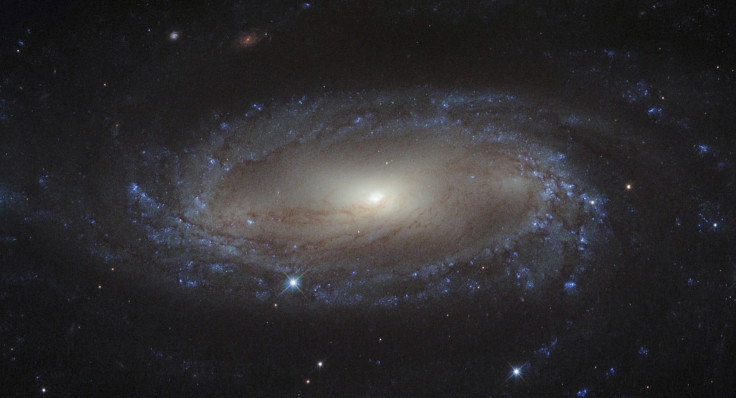Hydrogen signal detected from galaxy 5 billion light years away; Signals started their journey before Earth even existed

Scientists have detected a faint hydrogen signal emitted from a galaxy more than five billion light years away via Very Large Array (VLA) telescope in New Mexico, US. The international team of scientists that included an Australian radio astronomer from Perth, Dr. Attila Popping, believe that this find will push the boundaries of astronomy forward.
These signals allowed the scientists to see a galaxy this distant for the very first time. Ximena Fernandez from Rutgers University in US and lead author of the study revealed in a press release that these signals started their journey much before our planet even came to exist.
They travelled through space without hitting anything and straightaway hit the telescope. Fernandez also pointed out that this “record-breaking find is a galaxy with an unusually large amount of hydrogen.” This incredible measurement is nearly double the previous record of distance for the detection of neutral hydrogen (HI). The scientists hope to find out whether galaxies in the past had more gas turned into stars than galaxies today.
The data was collected by Karl G Jansky Very Large Array (VLA) telescope in the US state of New Mexico. The galaxy would have contained billions of large stars surrounded by clouds of hydrogen gas. University of Western Australia’s Popping was also part of the International Centre for Radio Astronomy Research (ICRAR) team. He believes that this find would enable scientists to understand the evolution of galaxies.
Due to an upgrade of the VLA, the scientists were able to directly measure atomic hydrogen in a galaxy so far from Earth for the very first time. The discovery is like looking into the past. The hydrogen from the galaxy has long expired and probably turned into stars. It may have been eaten by the galaxy and became a supernova explosion. The gas now is probably in a different state.
“For this project we took tens of terabytes of data from the Very Large Array, and then processed it using Amazon’s cloud-based servers to create an enormous image cube, ready for our team to analyse and explore,” said Popping.
The study was published in the Astrophysical Journal Letters.





















